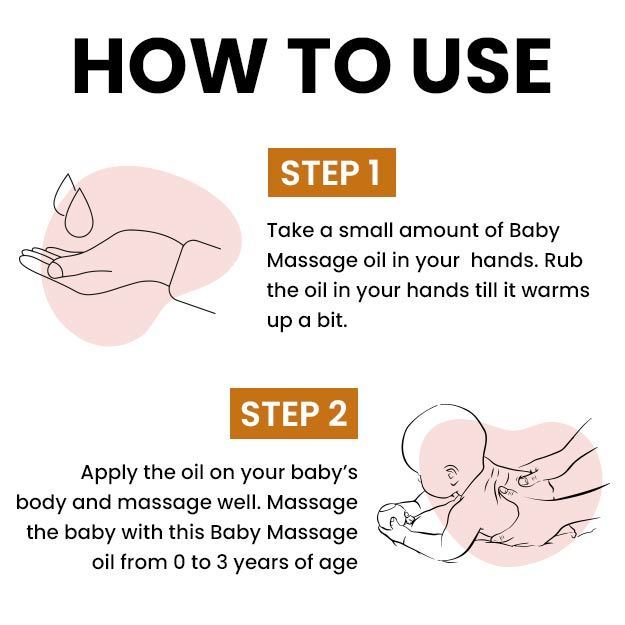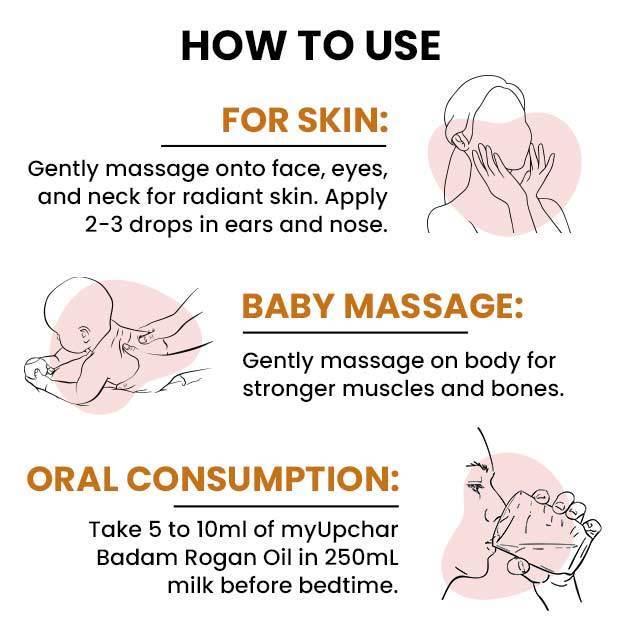Pneumonia is a respiratory infection in which the lungs become inflamed and full of pus or fluid—this could occur because of a viral infection, bacterial infection or fungal infection.
Research shows that viral infection is the most common cause of pneumonia among children under five, followed by infection by bacteria such as Streptococcus pneumoniae.
Globally, pneumonia is one of the main causes of death among children under five years of age. World Health Organization (WHO) data show that 8,08,694 children under five died from pneumonia in 2017 (down from 1.75 million in 2000, according to UNICEF data). WHO data also show that pneumonia caused 15% of all deaths among children in this age group in 2017.
The common signs of pneumonia in children under five are difficulty breathing, cough, chest indrawing, different breathing sounds like a bubbling (rales) or whistling (stridor) sound coming from the lungs and fast breathing (remember that young children naturally breathe faster than adults—a healthy infant under six months old could take 30-60 breaths a minute).
If you see any signs of pneumonia in your baby like breathing problems or cough—with or without fever—don't panic. Do take your baby to a doctor as soon as possible—research shows that early interventions can save lives. Bacterial pneumonia in children can be treated with antibiotics.
Prevention of some common forms of pneumonia in children is also possible through vaccines. If you haven't gotten your child vaccinated against pneumonia yet, talk to your paediatrician about the right time to get the pneumococcal conjugate vaccine (PCV 13). Ideally, this vaccine should be given in three injections to children aged six weeks, 10 weeks and 14 weeks, with a booster shot at 15 months after birth.
Read on to know all about pneumonia in newborns, pneumonia in children under five, symptoms of pneumonia in children, causes of pneumonia in children, prevention of pneumonia in children, diagnosis and treatment of pneumonia in children and risk factors and complications of pneumonia in children.
- Pneumonia in newborns
- Symptoms of pneumonia in children under fiver years
- Causes of pneumonia in children under fiver years
- Diagnosis of pneumonia in children under fiver years
- Treatment of pneumonia in children under fiver years
- Prevention of pneumonia in children under fiver years
Pneumonia in newborns
Newborns up to 20 days old may get pneumonia due to bacteria present in the birth canal. Some of the bacteria that can cause infection and pneumonia through this route are:
- Streptococcus pneumoniae
- Escherichia coli
- Group B streptococci
- Listeria monocytogenes
- Group D streptococci
- Haemophilus influenzae
- Ureaplasma urealyticum
Viral infections that tend to be the reason for pneumonia in newborns up to three weeks of age include:
- Cytomegalovirus infection
- Herpes simplex virus infection
The signs of pneumonia in newborns may include:
- Fever of 38 degrees Celsius or more
- Cyanosis, in which the baby's skin or nails turn blue as he or she is unable to breathe properly
- Signs of respiratory distress such as:
- Tachypnea or fast and shallow breathing
- Cough
- Flaring nostrils
- Chest retractions or indrawing, in which the chest seems to go inwards as the lungs can't fill up with air properly
- Changed breath sounds like decreased breath sounds, wheezing or sounds such as clicking or bubbling coming from the lungs
- Irritability
- Lethargy in babies
- Loss of appetite or difficulty feeding
Children this young can't tell us when they are experiencing difficulty breathing. In them, fast and shallow breathing is typically the first sign of breathing problems. Here's how the World Health Organization defines fast breathing in children, by age:
| Age | Breathing rate |
| 2-12 months | More than 50 breaths per minute |
| 1-5 years | More than 40 breaths per minute |
| Over 5 years | More than 30 breaths per minute |
In Indian babies under two months of age, researchers have suggested using 60 or more breaths per minute as a sign of fast breathing.
Some of the signs of pneumonia, like wheezing, cough and loss of appetite, are similar to less serious infections. It's best to check with your paediatrician about these as managing pneumonia early can improve the outcome.
UNICEF data show that every year more than 1.5 lakh newborns die from pneumonia—many of these deaths can be prevented through early diagnosis and treatment with widely available medicines and supportive therapies like oxygen therapy.
Pneumonia in premature newborns
Preterm babies or otherwise sick newborns are more prone to pneumonia. In children who appear to have breathing difficulties, the attending doctor may do a chest X-ray to see if there's a buildup of fluid in the lungs. If yes, the doctor may draw a little bit of this liquid to ascertain the specific bacteria or virus that is causing pneumonia and prescribe a suitable therapy. Typically, in children under less than one month old, the causative agent is a bacterium and antibiotics like ampicillin (with an aminoglycoside) or cephalosporin are used for treatment.
Symptoms of pneumonia in children under fiver years
The symptoms of pneumonia in children can seem a lot like any other respiratory tract disease. That said, here are a few things you should look out for:
In bacterial pneumonia
- Productive or wet cough (with mucus)
- Throat pain
- Vomiting
- Diarrhoea
- Loss of appetite
- Fever
- Fatigue: The child may be overtired, irritable and unable to feed or sleep properly.
In viral pneumonia
- Cough
- Vomiting
- Fever
- Diarrhoea
- Abdominal pain
- Lack of interest in feeding
- Decreased activity
- Chills
- Headache
- Laboured breathing which could involve fast and shallow breaths (fast-breathing pneumonia) or chest indrawing (chest-indrawing pneumonia in which the lower part of the chest goes in with each breath)
In both types of pneumonia, difficulty breathing could be a sign that the disease has advanced. This could present as different breath sounds, chest indrawing or fast breathing and, in extreme cases, cyanosis (skin and nails turn blue when the body stops getting enough oxygen).
Experts say that early diagnosis and appropriate treatment of pneumonia can improve the outcome significantly in children—indeed, your paediatrician may start your baby on medicines or supportive treatment if he or she even suspects pneumonia.
Causes of pneumonia in children under fiver years
Lower respiratory tract infections—whether they are caused by a virus, bacterium or fungus—may lead to pneumonia. Some of the most common pathogens that cause pneumonia in children are:
Viruses
- Common cold viruses like adenoviruses and rhinovirus
- Influenza virus which causes the flu
- Respiratory syncytial virus
- Parainfluenza virus which causes croup
Bacteria
- Streptococcus pneumoniae
- Group B streptococcus
- Staphylococcus aureus
UNICEF data show that 1,26,535 children under five died of pneumonia in 2018 in India—the second-highest incidence of death by pediatric pneumonia after Nigeria which saw 1,61,515 pneumonia deaths among children under five in 2018.
It can be difficult for parents to tell the difference between a normal cold and cough and pneumonia. This is why it's important to take your baby to a doctor if he or she has a cough and difficulty breathing—either fast-breathing according to their age or chest-indrawing. If the child has stridor or wheezing along with cough and difficulty breathing, rush him or her to the hospital as these could be a sign of severe pneumonia.
Diagnosis of pneumonia in children under fiver years
Your doctor will ask you about your child's symptoms like cough, difficulty breathing, fever and febrile (fever-related) seizures.
Next, your doctor may ask you about your baby's vaccinations—pneumococcal conjugate vaccine can protect against 13 pathogens.
To rule out pneumonia, your doctor may order tests such as:
- Arterial blood gas test: An arterial blood gas test can measure blood oxygen levels. Hypoxemia, or low blood oxygen, may indicate a lung problem. The doctor may also use a pulse oximeter—a small electronic device that can be clipped on to a finger, toe or ear—which uses infrared light to measure oxygen levels in blood capillaries, to monitor blood oxygen saturation over a longer period of time.
- Complete blood count: Complete blood count or CBC is a simple blood test that could confirm the presence of infection in the body.
- Chest X-ray: A chest X-ray can indicate whether there's any fluid or other obstruction in the lungs. Sometimes, a doctor may need to see a clearer image of the lungs and order a CT scan.
- Bronchoscopy: A tiny tube with a camera at one end can be sent into the bronchi or airways of the lungs, to ascertain the damage and extent of the damage.
- Pleural fluid culture: In pneumonia, fluid or pus can fill in the lungs. Doctors may take a small sample of this fluid from the pleural layer—a cavity between the lungs and chest—to determine the cause of inflammation or pathogen.
Treatment of pneumonia in children under fiver years
Before starting treatment, it is important to determine the pathogen responsible for pneumonia: while viral pneumonia in children usually gets better on its own, bacterial pneumonia in children is treated with a course of antibiotics. Additionally, doctors use supportive medication and therapies to manage symptoms like hypoxia (low oxygen in the body) and fever. The key therapies for this are:
- Oxygen therapy or giving supplemental oxygen to the baby.
- Fluid therapy, in case the child is unable to drink enough fluids.
- Paracetamol for fever
Antibiotics should only be used in the case of bacterial pneumonia, not viral pneumonia or pneumonitis (inflammation in the lung tissue without infection). Here's a quick look at the kind of antibiotics used (this is being shared for information purposes only, and should never be seen as an alternative to a doctor's visit or advice):
- 0-4 weeks old: Ampicillin (with an aminoglycoside) or cephalosporin.
- 1-3 months old: Ampicillin with erythromycin or clarithromycin for atypical pneumonia.
- Over 3 months old: Amoxicillin or any other beta-lactam antibiotic for Streptococcus pneumoniae infection. Beta-lactams are a class of drugs that prevent some bacteria from synthesizing or making their protective cell wall.
- Over 5 years old: Depending on the causative agent, the doctor may prescribe macrolide antibiotics or amoxicillin. Macrolides are a class of antibiotics that prevent protein synthesis in some bacteria—like humans, bacteria need proteins to perform day-to-day functions.
Additionally, with other conditions like sickle cell anaemia or cystic fibrosis will need different medication and therapies. Talk to your doctor if your child who has a long-term illness develops pneumonia.
Some antivirals may also be used in the treatment of specific viral pneumonia, such as:
- Acyclovir for viral pneumonia caused by varicella virus
- Ribavirin for high-risk patients with viral pneumonia caused by respiratory syncytial virus (RSV).
Prevention of pneumonia in children under fiver years
The Integrated Global Action Plan for the Prevention and Control of Pneumonia and Diarrhoea (GAPPD), set up in 2013, recommends the following ways to prevent pneumonia in children:
- Breastfeed the child exclusively for at least six months, after which breastfeeds can be given along with supplementary foods to avoid malnutrition and weak immunity.
- Vaccination against bacteria such as Streptococcus pneumoniae, Haemophilus influenzae type b and Bordetella pertussis (whooping cough) and against viral illnesses like measles can help to prevent pneumonia and pneumonia death in children.
- Every child must receive the pneumococcal conjugate vaccines (PCV) at six weeks, 14 weeks and nine months.
- Clean drinking water, sanitation and hygiene are important for overall health, and to reduce the risk of pneumonia in children.
- Reducing indoor air pollution by using better stoves and ensuring proper ventilation can help, too.
If you have a baby or young child in the house, you should quit smoking, at least in the house and around the children.
Doctors for Pneumonia in babies and children

Dr. Anil Pathak
Pediatrics
42 Years of Experience

Dr. Pritesh Mogal
Pediatrics
8 Years of Experience
Dr Shivraj Singh
Pediatrics
13 Years of Experience


























